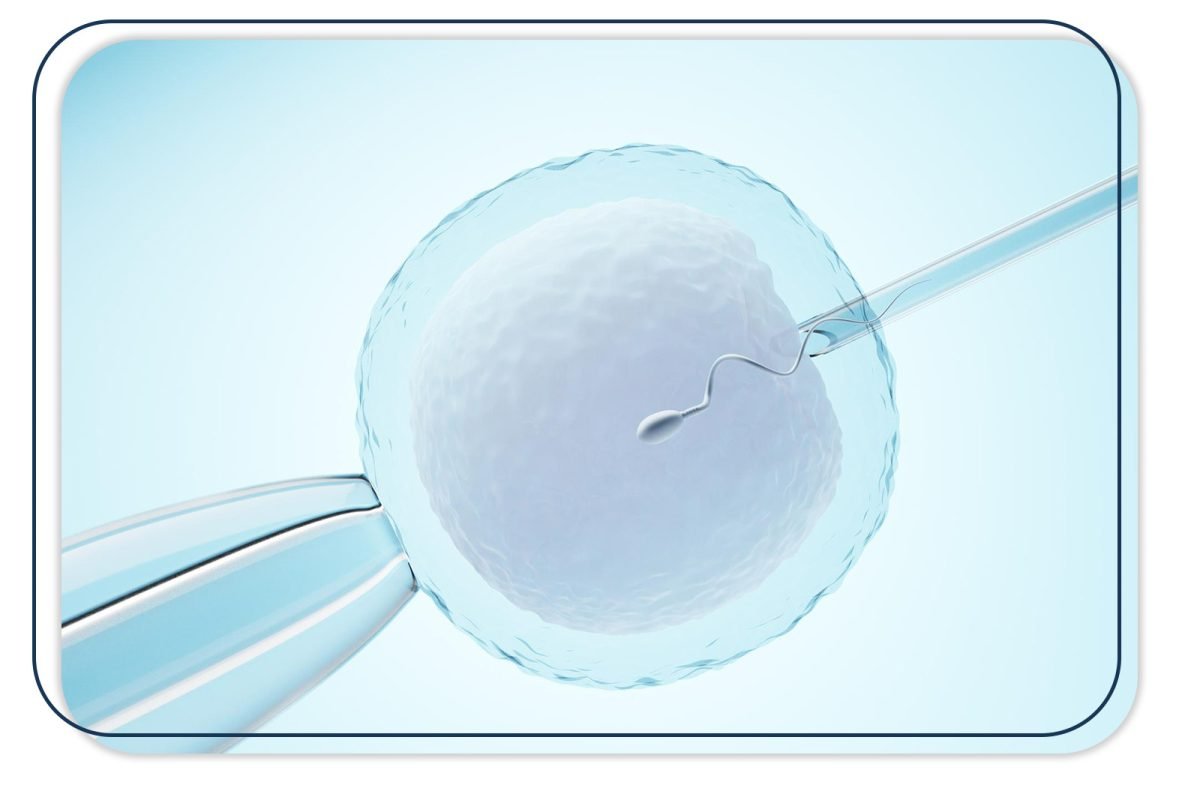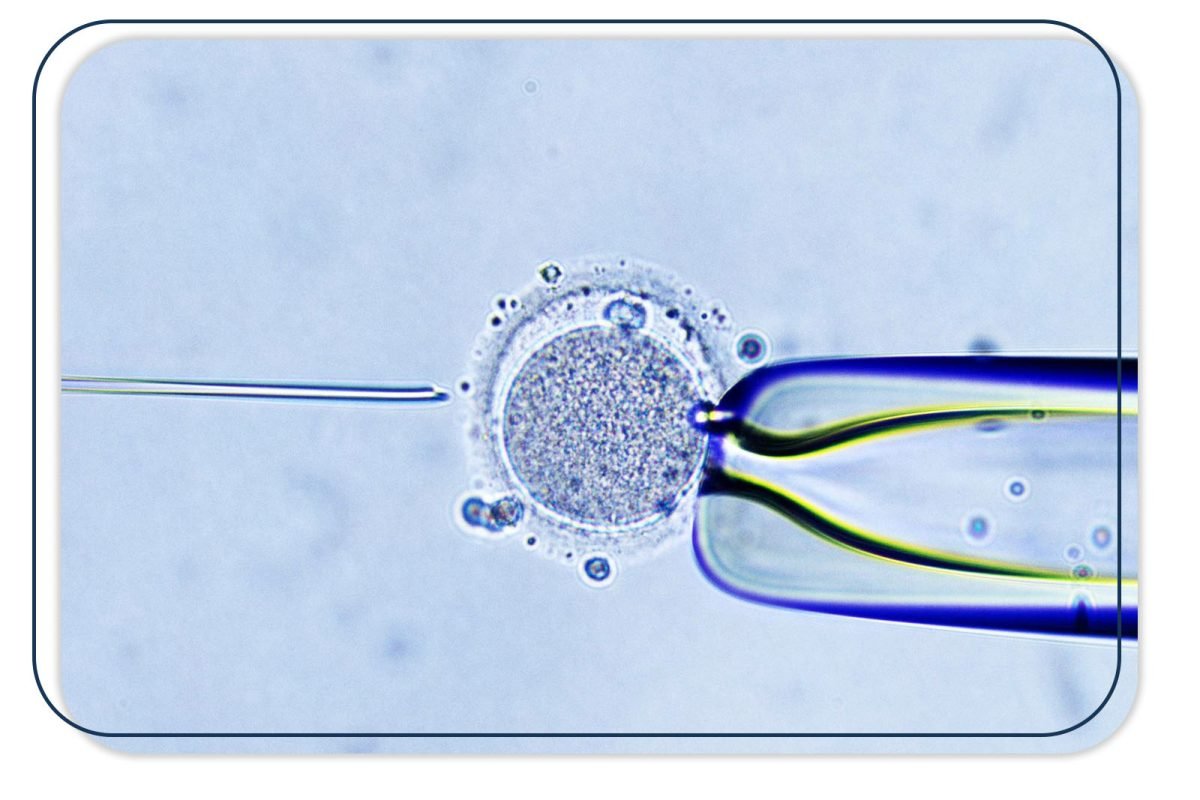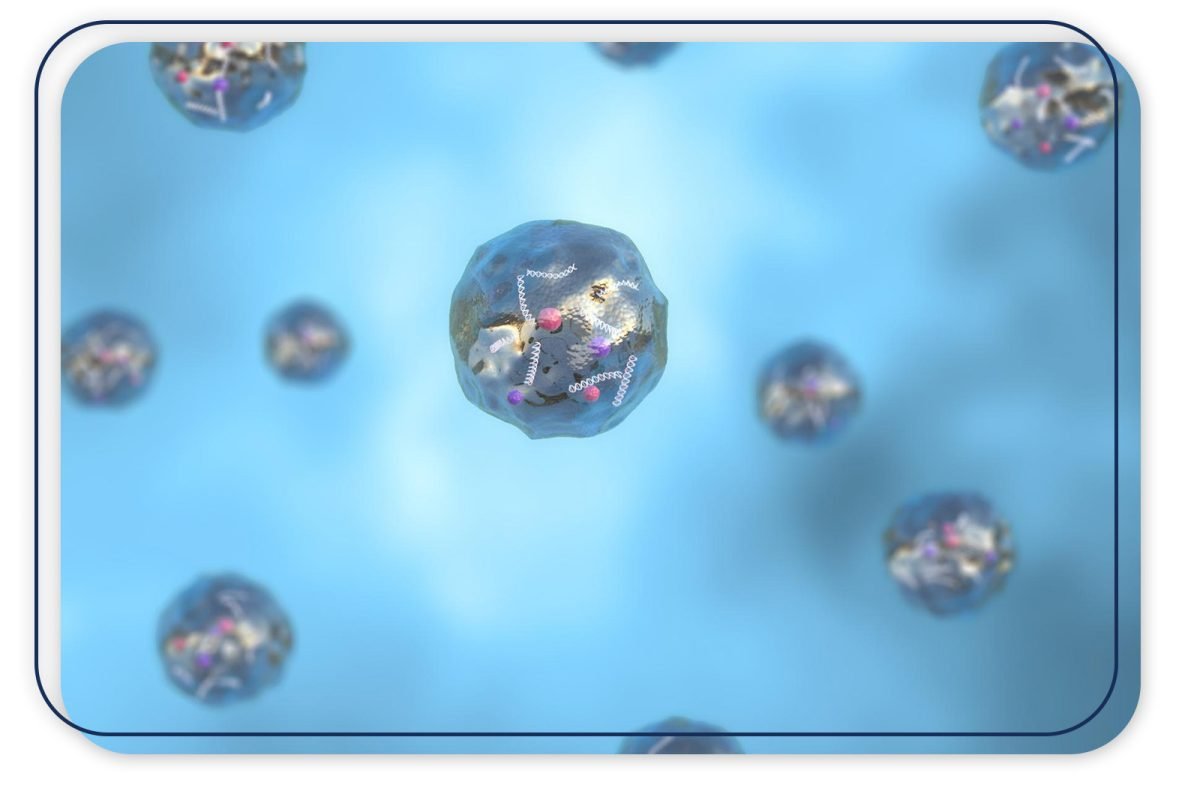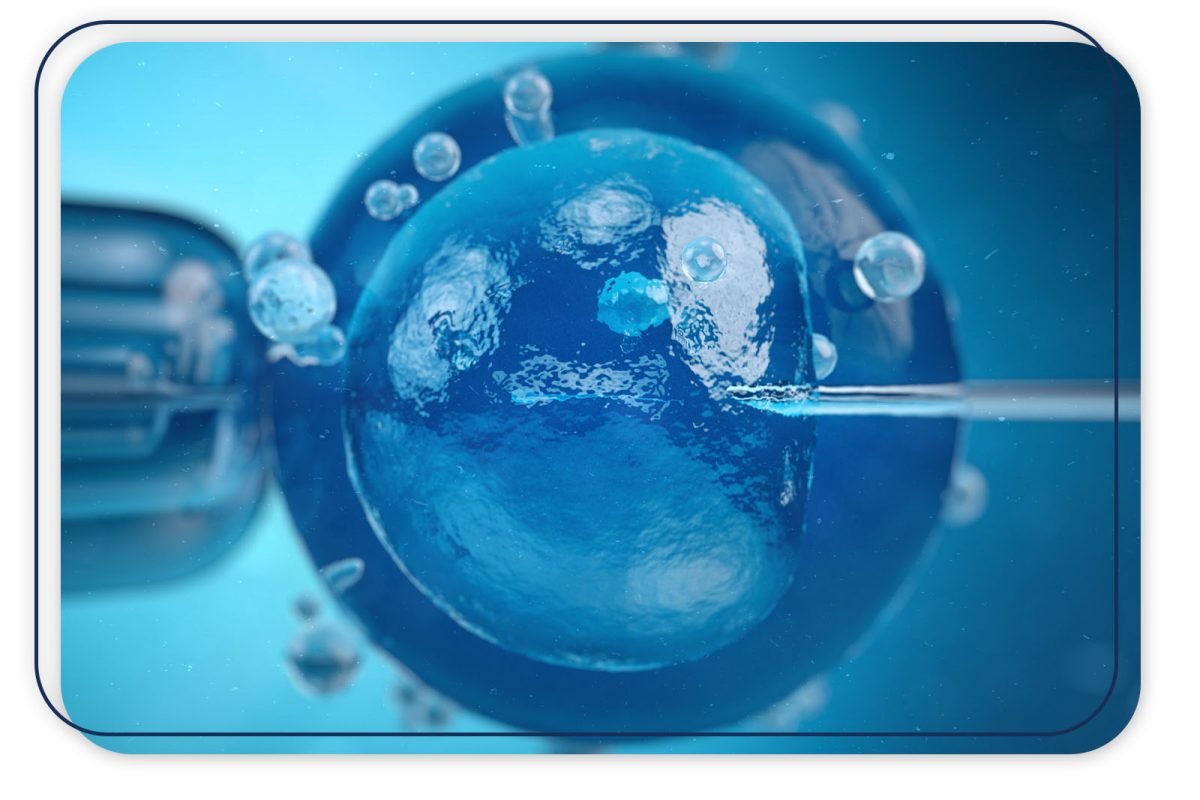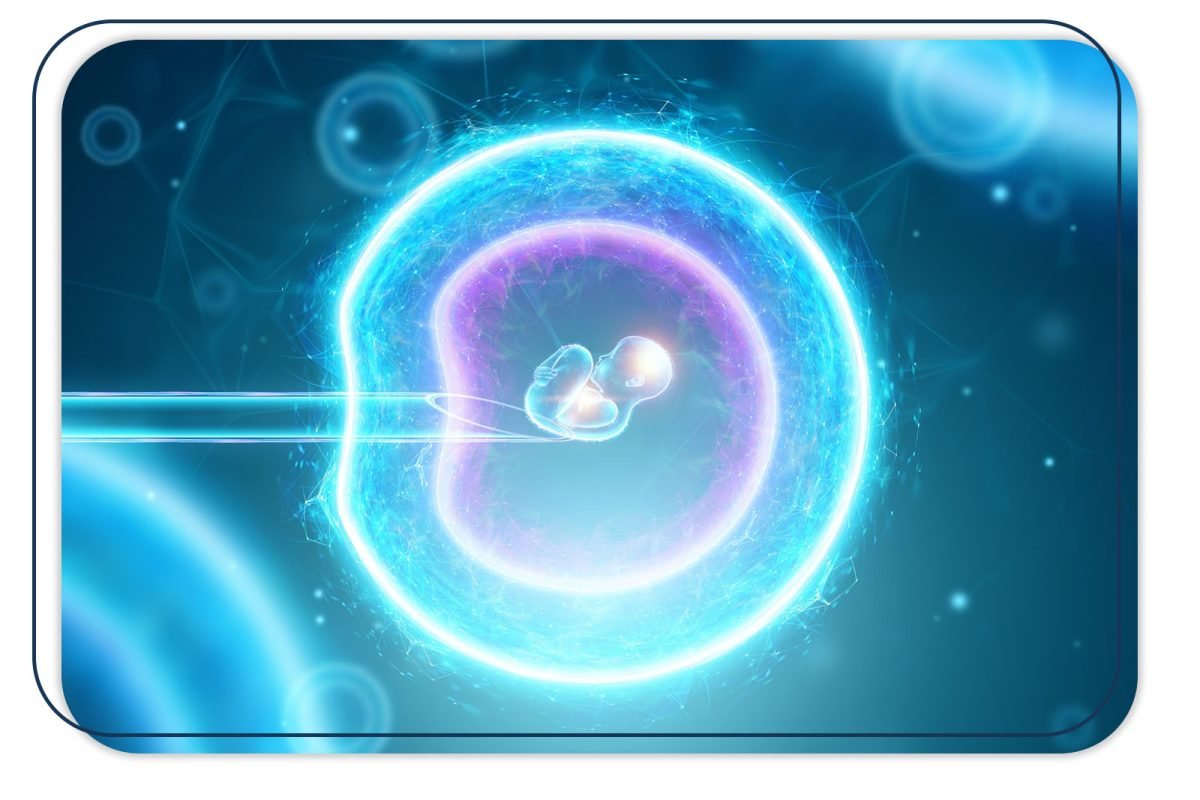
Treatments

Ovarian Tissue Freezing
Ovarian tissue freezing (cryopreservation) has an important place among fertility preservation methods. In patients who need to start gonadotoxic treatments without delay, there is often no time required for ovulation induction, oocyte retrieval, oocyte or embryo freezing. Similarly, ovulation induction cannot be an alternative in prepubertal girls.
Additionally, ovarian tissue freezing is a good alternative to preserve fertility in blood diseases such as sickle cell anemia, thalassemia major, aplastic anemia requiring bone marrow transplantation, in immune system diseases such as SLE and rheumatoid arthritis that do not respond to immunosuppressive treatment, in premature ovarian failure cases such as Turner syndrome, and in benign ovarian diseases that require surgery such as endometriosis.
It is necessary to work in accordance with a special protocol in order for the ovarian tissue to be successfully frozen and to function with a successful transplantation after thawing. The reliability of the technique has increased, especially with the successful freezing of the ovarian tissue with the vitrification method. Transplantation of ovarian tissue in sufficiently large numbers are still not performed. The most important reason for this is that the procedure requires serious experience and clinical experience. In the results obtained from the ovarian tissues that were frozen and thawed since the beginning of the 2000s, it was observed that the vitality rate was very high and that it fulfilled its functions in the body after transplantation. In the first study conducted on humans, frozen and stored ovarian tissue particles were thawed under appropriate conditions and placed into the peritoneal pocket created in the fossa ovarian by laparoscopic method. Follicle development, estrogen and subsequently progesterone increase were detected with gonadotropin stimulation about 15 weeks after the operation. Hormonal activity in this first case continued for about 10 months.
Any condition that threatens the ovarian reserve and reduces the chances of future fertility may be an indication for ovarian tissue freezing. In addition, it can be preferred over other fertility preservation methods due to its advantages such as not causing any delay in cancer treatments, being used in prepubertal cases, not requiring a partner, enabling the preservation of many primordial follicles without the need for ovarian stimulation, and restoring endocrine functions.
Vitrification is a method to minimize cell damage due to ice crystal formation by extremely rapid cooling using a high concentration of cryoprotectant. The survival rate obtained from ovarian tissues after thawing is over 90%, and more than 140 live births were specified after ovarian tissue transplantation in the reports mentioned since 2004. Compared with fresh ovarian tissue, vitrified ovarian tissue has a better effect on ovarian function and follicular development
In conclusion, ovarian tissue freezing has taken a very important place in preserving fertility, especially in oncological patients. Particularly during the removal of tissues, performing the procedure very carefully, taking the right tissues, thoroughly cleaning the tissue cortices to be frozen and cutting them in the right proportions and storing in special vials without any damage will increase the success of transplantation.
Contact Us
Details available with Every Demo



